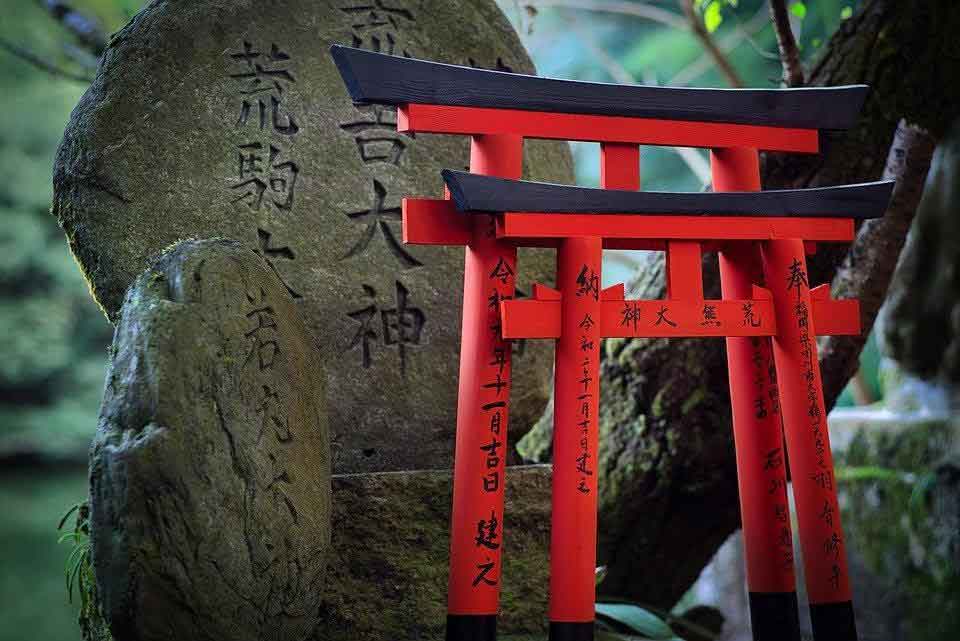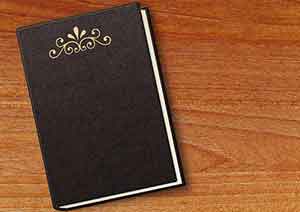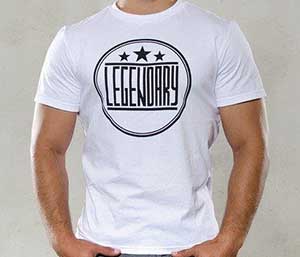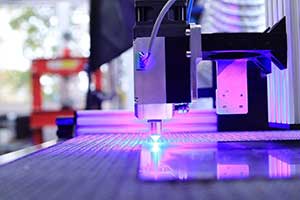Customizing Products – What to Know?
Product customization can be one of the key ways you differentiate yourself from the competition.

It will allow your customers to have a more personal experience with your product. Having your product tailored to your specific demographic, through its message, its function, branding, and appearance is key to a successful product. Customers want to know your brand and product have goals that align with theirs, and how you customize your product will play a large part in letting them know your product is best for them.
Here are some of the ways you can customize your product, and what information you will need to provide to the factories in order to have them produce it.
Accessories
These would be attachable and detachable parts that are not required for your product to function.
Examples of this would be a pop socket for a phone, a phone holder for a car, or a flashlight on bicycle.
You would have these made the same way you make your own product, through designing it, prototyping it, and having manufacturing files made to send to factories to produce.
Engraving/Embossing

One of the most common ways to add a logo or text is to use engraving or embossing. Engraving involves cutting into a piece of material and adding the desired shapes. Embossing imprints a shape or lettering into a surface.
Harder materials such as plastics and metals are generally engraved. Softer materials such as leather are embossed.
Stickers/Decals
Putting stickers and decals is a great way to add options to temporarily customize a product.
What you need to consider with stickers is that those with weaker adhesives will have a tendency to fall off when it’s exposed to weather such as rain, or impacts from being bumped or scraped against other objects depending on how your product is used. Stronger adhesives tend to leave more of a residue when removed, so that also needs to be taken into account.
Screen Printing

Often used with clothing such as shirts, screen printing is an effective way to permanently add artwork or a message to a product. Screen printing is a printing method where a mesh is used to transfer ink onto a surface. The ink is kept from drying onto undesirable areas with a blocking stencil. A blade then moves across the screen to fill the open mesh slots with ink. Only one color can be printed at a time, so several screens are used to print multi-colored images or designs.
Laser Engraving/Etching

Lasers are not only used to cut parts, but they can be used to engrave parts as well. Many wood products are engraved using lasers. Laser etching includes adding colors from lasers to produce a chemical/molecular alteration onto a surface. Laser machinery doesn’t require as much maintenance as more traditional engraving or imprinting methods since it does not use ink and it doesn’t require tool bits that have to be replaced periodically.
Packaging

Your packaging has the ability to be customized as well. Screen printing options are available for boxes and bags, and custom sized boxes are able to be produced as well. Your packaging will often be the first way your customer gets to experience your product, and first impressions can be everything.
What Manufacturers Need to Customize Products?
Colors
Pantone colors are a system of categorizing specific shades and hues of colors to a set number or code that will identify it. For example, Pantone 232 C identifies a particular shade of pink. If you want to say, make a blanket in a specific color, the best way to have them match it specifically is to provide a pantone number so that it’s clear what you want provided. You can also use a color sample to send to the factory, but this isn’t as precise as using a pantone color since all the factory can do is their best to come as close to the color sample as possible.
It’s important to note that while pantone colors point to specific colors, the material they are used on can affect the appearance of it as well. A specific blue used on a translucent plastic won’t look exactly the same as if its screen was printed on wood.
Files
For items like accessories that will attach to a product, you’ll need to get those produced by manufacturing 2D pdfs with dimensions and callouts and CAD files the same way you did with your product.
For something like that will be added onto the product itself, such as logos, screen printing, laser engraving, or any other form of artwork or lettering that will be added to the product, factories will need artwork files in adobe illustrator (.ai) format that will have the dimensions, size, and location.
Adobe Illustrator artwork files will be needed for packaging customization as well. Sometimes pdf files can work for the artwork, though ideally you’ll want files in adobe illustrator, or a similar vector image format. Vector images cleanly plot artwork at any size or resolution so it can be used for the smallest engraving and largest screen prints. Factories will then load the files into their software and customize it as you see fit.
Customize & Develop Your Product with Global Trade Specialists
We have over 30+ years of experience helping customers design and manufacture products. Our familiarity with the process helps us be more efficient for customers and results in quicker production. We’ve customized many products, as well as designing and manufacturing proprietary products. To protect our customers we offer exclusivity contacts and NDAs to maintain the utmost privacy.
Need help with ideas on how to customize your project? Our product development team can help give you advice on what may be best on your project. Contact us now.
